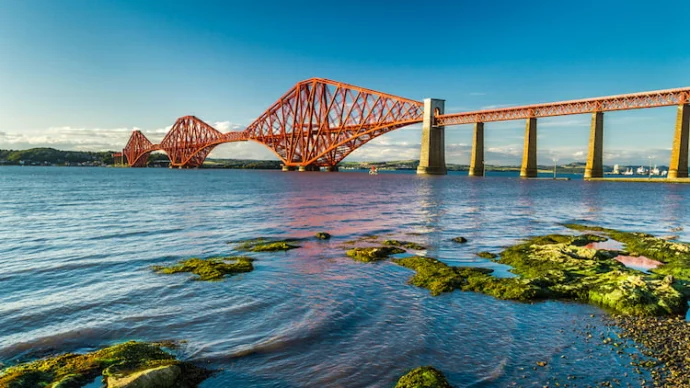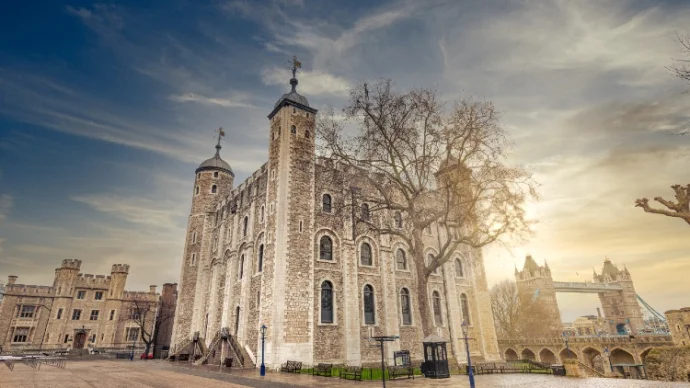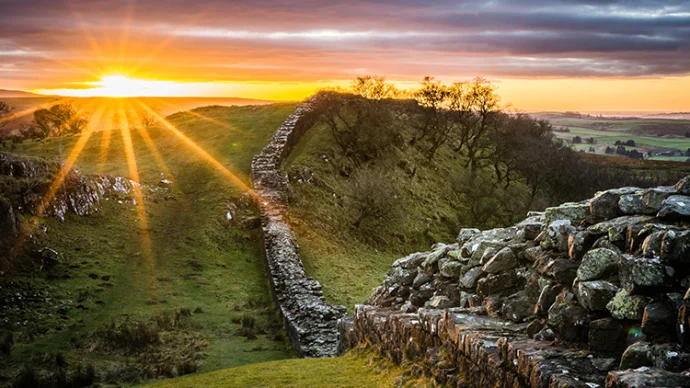
About Westminster Abbey
Westminster Abbey is an iconic medieval structure and the site of many historic royal and national events, from coronations and royal weddings to burials and even deaths. Centrally located in London, Westminster Abbey was first constructed in the 11th century by King Edward the Confessor, a Saxon king who dedicated this new church to St Peter.
History of Westminster Abbey
The site on which Westminster Abbey was built was already of religious importance prior to its construction. The earliest record of the site of Westminster Abbey being used for religious purposes dates to the mid 10th century, when St Dunstan arrived at what was then known as Thorny Island to establish a religious house for the Benedictine order. The king built his church near to the existing monastic buildings.
The First Burial, the First Coronation
Westminster Abbey was consecrated in December 1065, a few days before Edward died. Fittingly, the king was the first of a long line of monarchs to be buried there. In 1066, William the Conqueror added to the growing prestige of Westminster Abbey by choosing to be crowned there, becoming King William I on 25th December 1066. From that point onwards, Westminster Abbey would be the site of almost every royal coronation.
By the middle of the 12th century, Edward the Confessor had been canonised and his remains were moved to a magnificent shrine within the Abbey’s sanctuary, where pilgrims would flock to ask for his intercession. They also gave donations to the shrine, making Westminster Abbey rather wealthy. In the 13th century, King Henry III resolved to rebuild Westminster Abbey to make it rival the French Gothic cathedrals of the era. This eventually formed the current incarnation of the Abbey. He also moved the remains of St Edward to an even more magnificent shrine, where he still remains.
Death of Henry IV
One of the most famous events recorded to have taken place in the Abbey was the death of Henry IV in the Jerusalem Chapel in 1413. It had been predicted that he would die in Jerusalem, so, when he collapsed in the Abbey, he knew he was dying when he was taken to the Jerusalem chamber. Shakespeare immortalised the scene with Henry V trying the crown on while his father lay dying.
Tudor Times
The 16th century finds the Tudor monarchs influencing the history of the Abbey: Henry VII started to build the Lady Chapel, Henry VIII dissolved the monastery (but spared the Abbey) and Elizabeth I established the Abbey as the foremost cathedral in England (a position it only held briefly).
Following one of the period’s most significant events – Henry VIII’s break with Rome – Westminster Abbey also witnessed the lavish coronation of Anne Boleyn as the new Queen of England, in a symbolic display of the Tudor throne’s growing wealth and power.
Burials
Over 3,000 people are buried at Westminster Abbey. There are 600 tombs and monuments to see, many of them Royal and open to visitors. Some of the most famous royals buried there are Mary Queen of Scots, Elizabeth I and Henry III. The tomb of the Unknown Soldier is in the Abbey and there is a service each Remembrance Sunday. Funeral services for important figures and royalty are also held in the Abbey and over time prominent funerals at the Abbey have included those of Queen Elizabeth I, Winston Churchill, George VI, Princess Diana and Queen Elizabeth II.
Poets’ corner is one of the main attractions at the Abbey, it being the burial site of many prominent non-royal figures. The first poet to be buried here was Geoffrey Chaucer, and many others have joined him in the succeeding centuries.
The Coronation Chair
In addition to the numerous burial sites and architectural features, one of the most impressive sites at Westminster Abbey is the Coronation Chair, produced in 1300-1301 under the orders of King Edward I (Longshanks). Its purpose was to accommodate the Stone of Scone, which the king had brought from Scotland.
Westminster Abbey today
Queen Elizabeth II‘s state funeral took place in Westminster Abbey on 19 September 2022, after which her coffin was then transported to Windsor Castle. King Charles III still has his coronation to come, which will take place in Westminster Abbey – Charles will be the 40th monarch to be crowned at the Abbey.
To have an informed visit and to see the most interesting parts of Westminster Abbey, take a tour, as just wandering around can be overwhelming. Along with Westminster Palace and Saint Margaret’s Church, Westminster Abbey is a UNESCO world heritage site.
Getting to Westminster Abbey
The nearest tube stations to Westminster Abbey are Westminster and St. James’s Park. The Abbey is 0.8 miles from London Victoria and London Waterloo – about a 20 minute walk. A number of bus routes also stop nearby.
Featured In

10 Must-See Medieval Landmarks in England
Discover the rise and fall of medieval Britain at these atmospheric sites.

Anne Boleyn Sites
Discover 10 fascinating historic sites associated with Anne Boleyn, one of the most intriguing figures of the Tudor era. From her time at the French châteaus of the Loire Valley to her untimely end at the Tower of London, each site provides a piece of the story that has captivated audiences for over 500 years.

Elizabeth I sites
Follow in the footsteps of the famous Queen Elizabeth I, from Bath Abbey to Ashridge and more.

Historic Churches in London
Fires, Viking invasions, air raids, demolition by power-hungry monarchs – London’s churches have seen and (mostly) survived it all. Here are ten with extraordinary stories.

UK UNESCO Sites
The UK is home to 33 UNESCO World Heritage sites. From Neolithic settlements in the Scottish wilderness to ruined abbeys and vast palaces, we're spoiled for choice. How many have you visited?

10 Historic British Sites Associated With Queen Victoria
Discover the fascinating range of historic sites which punctuated Queen Victoria's 64-year reign.

London Historic Sites
Londinium, The Big Smoke, The Great Wen: London has experienced its fair share of change over its 2000-year history. Here's our pick of some of the British capital's most famous historic sites to visit today.

Historic Attractions in England
Discover the best historic sites in England, from Hadrian's Wall to Bletchley Park and more.




















